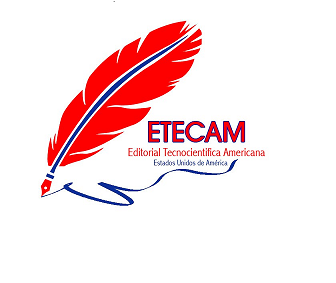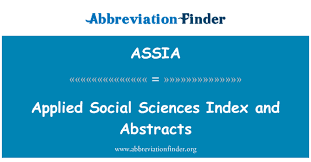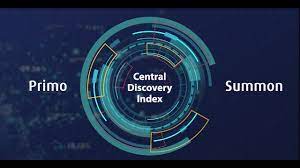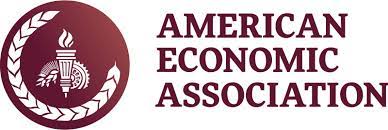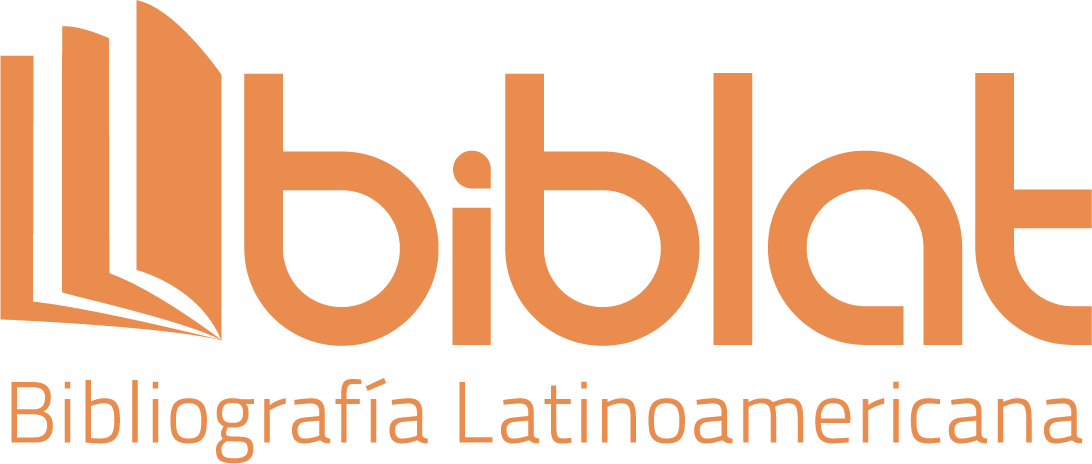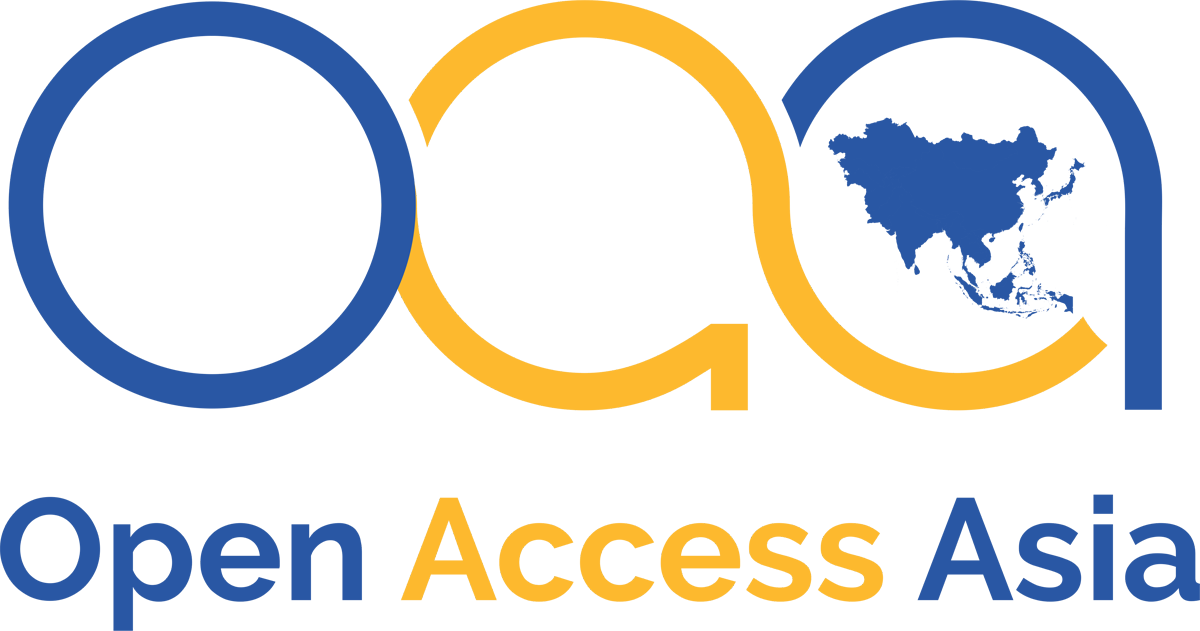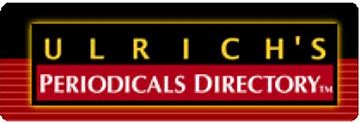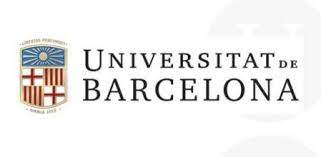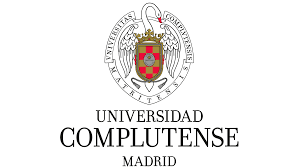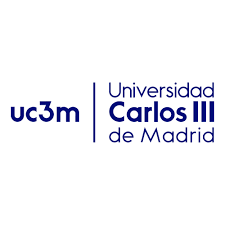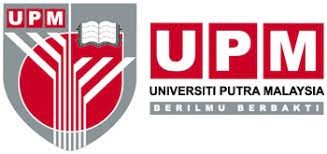Pedagogical approach in the teaching-learning process of Ohm's Law in the Technical Baccalaureate Professional Figure in Electricity
DOI:
https://doi.org/10.51736/sa.v7iEspecial%203.271Keywords:
Ohm's law, electricity, academic performance, pedagogical, electrical moduleAbstract
The study evaluated the pedagogical academic impact of the teaching of Ohm's Law in a professional technical high school, with professional figure in electricity, using an electrical module versus the traditional method for the teaching-learning process of Ohm's Law. The results of 38 students in two trimesters of the second year of high school were analyzed by means of Student's t-test and a table of achievements in the evaluation of learning, as well as a student survey. The statistical and qualitative analyses revealed that the use of the electrical module as a tool for the Ohm's Law teaching-learning process is more effective in improving academic performance, student acceptance, mastery and achievement of learning required by the teacher.
The challenge we are trying to solve with this study is to overcome the difficulty generated in students to assimilate technical knowledge without adequate pedagogy, as it can limit the performance and interest of students in fundamental subjects for a technical, technological or engineering career. Effective teaching should promote the understanding of previous concepts, foster interest and raise the motivation of adolescents who are currently crossing the baccalaureate education courses
The specific objectives of the study were to statistically and qualitatively evaluate the academic pedagogical impact of teaching Ohm's Law using an electrical module versus the traditional method. It was determined that the teaching method with the greatest effectiveness both statistically and qualitatively is the use of the electrical module.
In conclusion, the teaching of Ohm's Law using an electrical module in a technical-professional high school with professional figure in electricity is more effective than the traditional method in improving academic performance, student acceptance, mastery and achievement of required learning. The implementation of this method can contribute to the immediate academic and long-term professional success of students in the field of industrial technical engineering.
Downloads
References
Allen, M. (2019). Misconceptions in Primary Science (Tercera ed.). McGraw-Hill Education. https://acortar.link/1gArFv
Collieu, A. (1977). Propiedades mecanicas y termicas de los materiales. Reverté. https://www.google.com.ec/books/edition/Propiedades_mecanicas_y_termicas_de_los/N3-7-j-pcKgC?hl=es-419&gbpv=0
Garcia Trasancos, J. (2019). Electrotecnia (350 conceptos teóricos - 800 problemas). España: Ediciones Paraninfo, S.A. https://www.google.com.ec/books/edition/Electrotecnia_350_conceptos_te%C3%B3ricos_80/m9K8DwAAQBAJ?hl=es-419&gbpv=1&dq=corriente+electrica&pg=PA2&printsec=frontcover
Hurtado, M., & Silvente, V. (2012). Cómo aplicar las pruebas paramétricas bivariadas t de Student y ANOVA en SPSS. Caso práctico. Reire, 5(2), 83-100. https://doi.org/DOI:10.1344/reire2012.5.2527
Jován, A. (2020). Análisis de circuitos eléctricos como tema integrador en el aprendizaje de las ciencias naturales y las matemáticas. [Maestria, Universidad Nacional de Colombia]: https://repositorio.unal.edu.co/handle/unal/78975
López, A. (2022). Uso del Simulador CloudLabs para la Resolución de Problemas en Circuitos Eléctricos y Electrónicos en el Proceso de Enseñanza y Aprendizaje de los Aprendices del Programa. [Maestria, Universidad de Santander]: https://repositorio.udes.edu.co/handle/001/9705
Martín, J., Caballero, P., Carbajosa, J., Gómez, D., & Miranda, J. (2022). CFGB Instalaciones eléctricas y domóticas 2022. Editorial Editex. https://www.google.com.ec/books/edition/CFGB_Instalaciones_el%C3%A9ctricas_y_dom%C3%B3ti/CSd1EAAAQBAJ?hl=es-419&gbpv=1&dq=Ley+de+Ohm&pg=PA81&printsec=frontcover
Ministerio de Educación del Ecuador. (2024). Cronograma Escolar régimen Costa-Galápagos. https://educacion.gob.ec/nuevo-cronograma-escolar-costa-galapagos-2023-2024/
Molina, M. (2022). Paso a paso. Prueba de la t de Student para muestras independientes. Revista electrónica de AnestesiaR, 14(8), 4. file:///C:/2024/DE%20LA%20CALLABRIA/S%C3%8DLABO/ENGLISH%20SILABO/Dialnet-PasoAPasoPruebaDeLaTDeStudentParaMuestrasIndependi-8704951.pdf
Parmisano, A., & Barbieri, T. (2018). Investigación para desarrollo de dispositivo modular de control de consumo eléctrico inalámbrico seguro y accesible para domótica e industria. [Doctoral dissertation, Universidad Nacional de La Plata]: http://sedici.unlp.edu.ar/handle/10915/118552
Pérez, H. (2014). Física General. México: Grupo Editorial Patria. https://acortar.link/WkOPmo
PlanetCalc. (2024). PlanetCalc. ¿Qué es PlanetCalc ?: https://es.planetcalc.com/7857/
Proteus. (2024). Obtenido de PCB Design & Simulation Made Easy. https://www.labcenter.com/
Seippel, R. (2021). Fundamentos de electricidad. Reverté. https://acortar.link/8Zrdsd
Published
How to Cite
Issue
Section
License
Copyright (c) 2024 Cristian Andrés Riofrio Morales, Braulio Antonio Jiménez Zambrano, Wellington Isaac Maliza Cruz

This work is licensed under a Creative Commons Attribution-NonCommercial-ShareAlike 3.0 Unported License.













